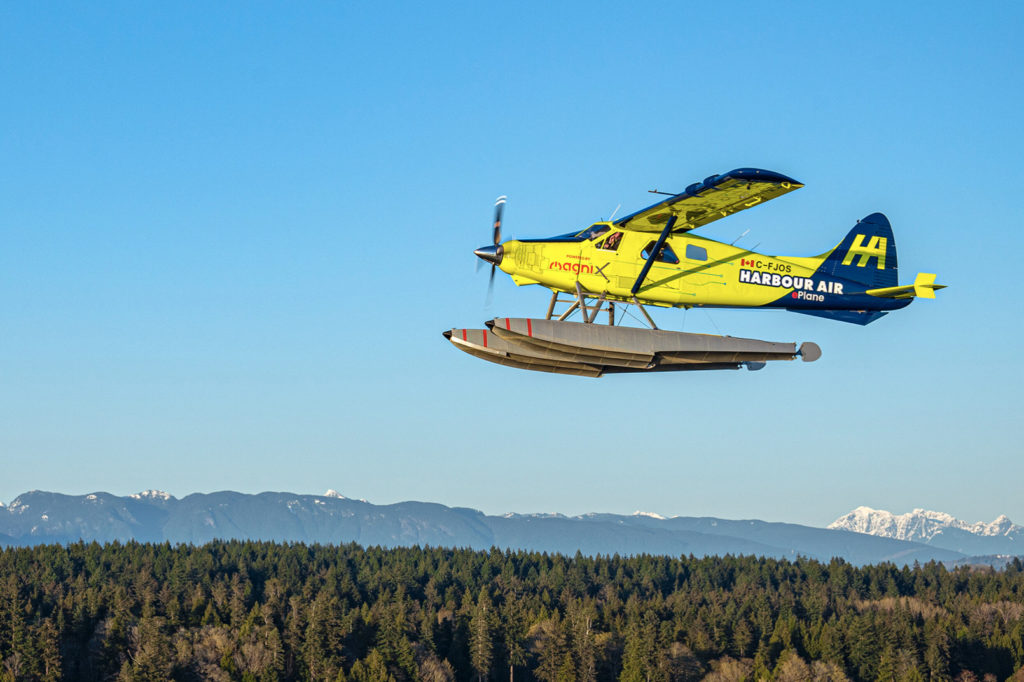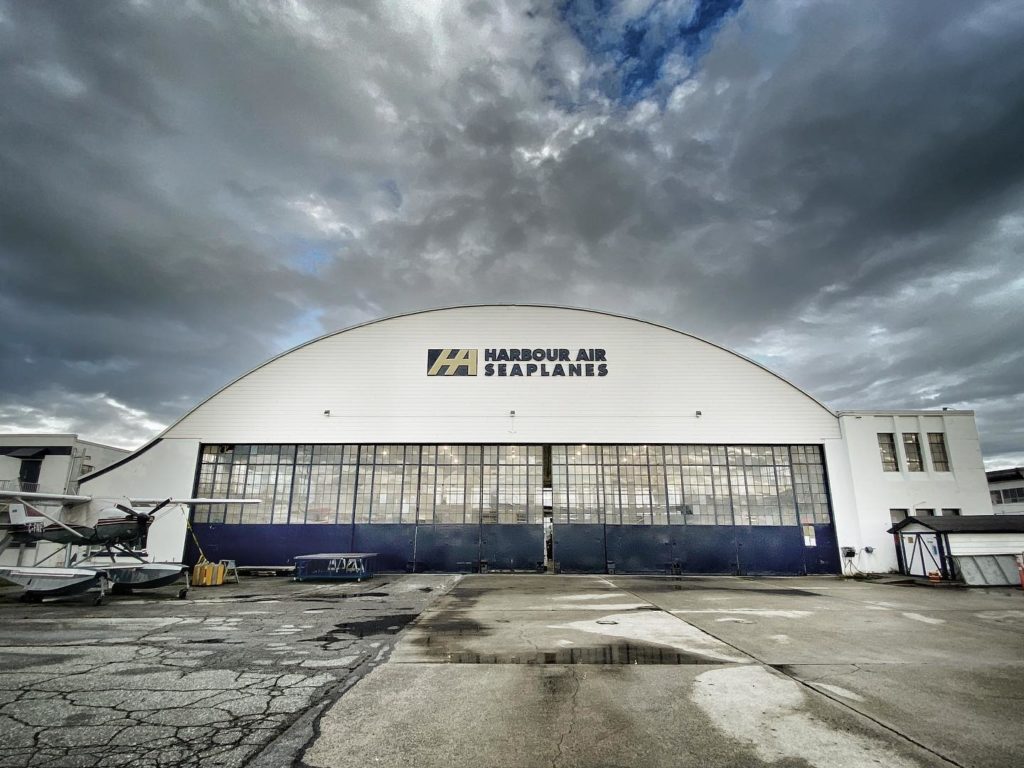Estimated reading time 7 minutes, 58 seconds.
British Columbia-based Harbour Air prides itself in being an innovator and disruptor. The company made that known when it successfully got the first electric commercial aircraft in the world (a de Havilland DHC-2 Beaver) in the air in December 2019.
Powered by the 750-horsepower magni500 electric motor, the electric Beaver completed a test flight from Vancouver International Airport’s floatplane terminal, with Harbour Air’s CEO and founder, Greg McDougall, at the controls.
In partnership with electric motor firm magniX and battery storage provider H55, Harbour Air has been working towards certifying the electric Beaver, nicknamed the eBeaver, through a supplemental type certificate (STC) program.

With over 30 test flights complete, the company has determined the power settings for the magniX motor best suited for the installation. MagniX has received approval from the FAA to classify its electric propulsion system as an aircraft engine, and progress is being made with Transport Canada to allow the same pathway to certification in Canada.
The next step is for H55 to get its enhanced battery system certified on the eBeaver. According to Harbour Air, H55’s “battery modules have one of the highest energy densities on the market and will provide the entire energy storage system and redundant battery monitoring at the cell level for the eBeaver.”
Harbour Air’s vice president of aerospace, Shawn Braiden, who is also in charge of the eBeaver project, told Skies: “The battery certification plan is still getting worked out by H55, Transport Canada, EASA, and the FAA right now. There are a couple of options that H55 is looking at to get their batteries certified. All the stakeholders are working on a certification path that will work for everyone.”
Braiden noted that the battery modules will be distributed throughout the aircraft in order to maintain the original center of gravity, while also ensuring the cabin space is retained for occupants.
While CEO McDougall maintains his ambitious goal to eventually electrify Harbour Air’s fleet of 40 seaplanes, the company announced in December 2021 that ePlane number 2 is in the works. C-FIFQ, another DHC-2 Beaver, has been stripped of all powerplant, fuel systems, and subsystems, and the airframe is undergoing alterations to prepare it for conversion.
“The new prototype will be our certification validation aircraft, following the design used on our proof-of-concept prototype closely as the performance achieved was beyond expectations,” the company said in a press release.
Harbour Air said it is moving forward with Hartzell Propeller’s four-blade raptor composite propeller thanks to its balance between improved performance and reduced noise. While the propeller is still a prototype, it will also be undergoing its own certification program.

The B.C. company has a lot on the go in the world of electrification. McDougall also announced at this year’s Canadian Business Aviation Association (CBAA) Convention & Exhibition that Harbour Air has teamed up with Airflow, which is now part of Electra.aero, to design and build a new electric fixed-wing prototype that optimizes flight training. McDougall referred to the aircraft as the ePlane, sharing that the prototype is currently being built, with Harbour Air being part of the design team.
“There are 10 motors on it, it will take off and land in very short distances, it’s fully deice-able, fully instrument capable, with state-of-the-art control systems,” said McDougall. “Theoretically, when this aircraft comes out, you’d be able to teach somebody to fly safely within a month or six weeks from computer [technology]. So, this is basically the future.”
Continuing to Disrupt
During his CBAA 2022 presentation, McDougall noted one more initiative that the company is working on to streamline instrument flight and, most importantly, make it safer. Harbour Air recently employed Denver-based instrument flight rules (IFR) consulting company Flight Tech Engineering to certify an instrument approach to virtually any body of water.
A flight test was completed in Alaska with a Cessna Caravan, which successfully completed the first precision approach using GPS technology to a water landing, completely IFR.
“We see this as a total game changer for the type of flying that we do, as well as other people who are flying visual flight rules (VFR) to destinations that are not major airports,” said McDougall.
“You can build these approaches pretty well anywhere that you have a body of water to land on,” he added. “The significance of that really is incredible. So now, not only can you fly an approach in instrument conditions to any body of water, but you can transition to that approach at low level.”
He noted that while this type of operation is certified in Alaska, the issue remains with getting it certified in Canada.
“All the aircraft that we buy now, as new, come with either Garmin or Honeywell [avionics], and they’re perfectly capable of flying these approaches with absolutely no ground-based equipment,” said McDougall. “The regulatory environment just needs to change in order for us to be able to utilize what is already in the aircraft.
“It will save lives,” he emphasized. “Flight into terrain is a huge issue in general aviation, and especially in the type of flying that we do. This new initiative takes the critical judgement calls away from the pilot.”








